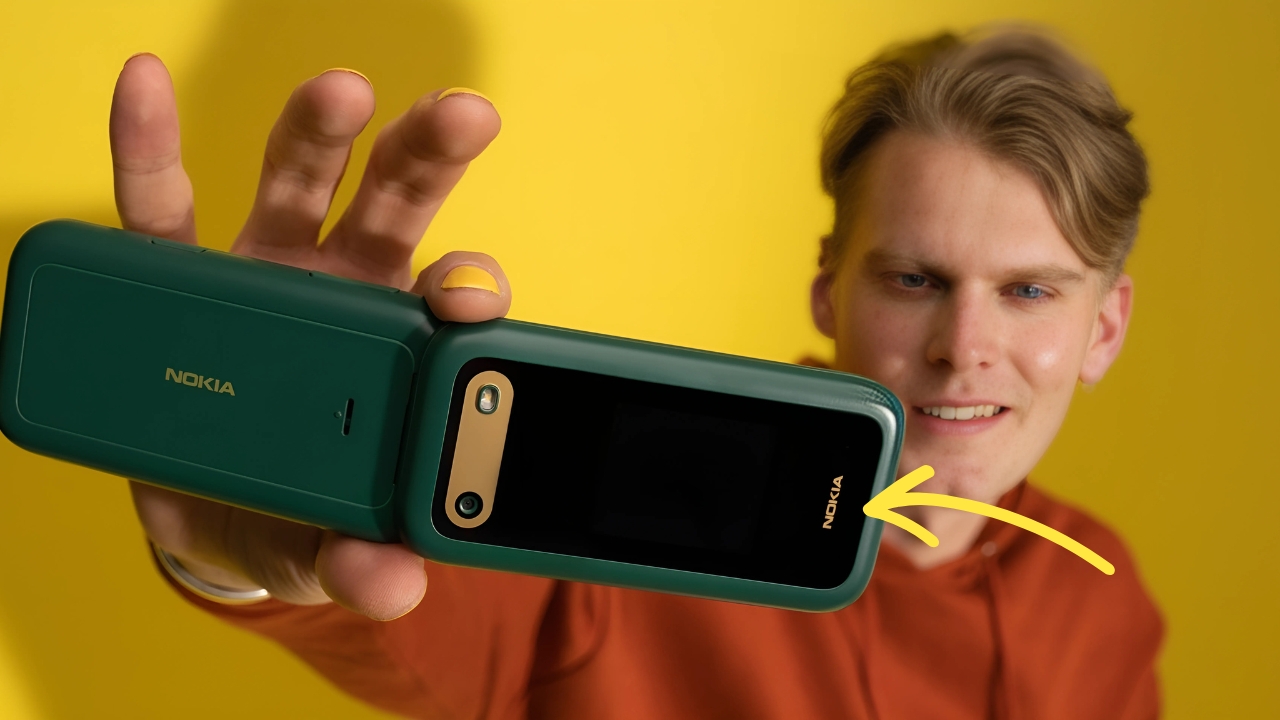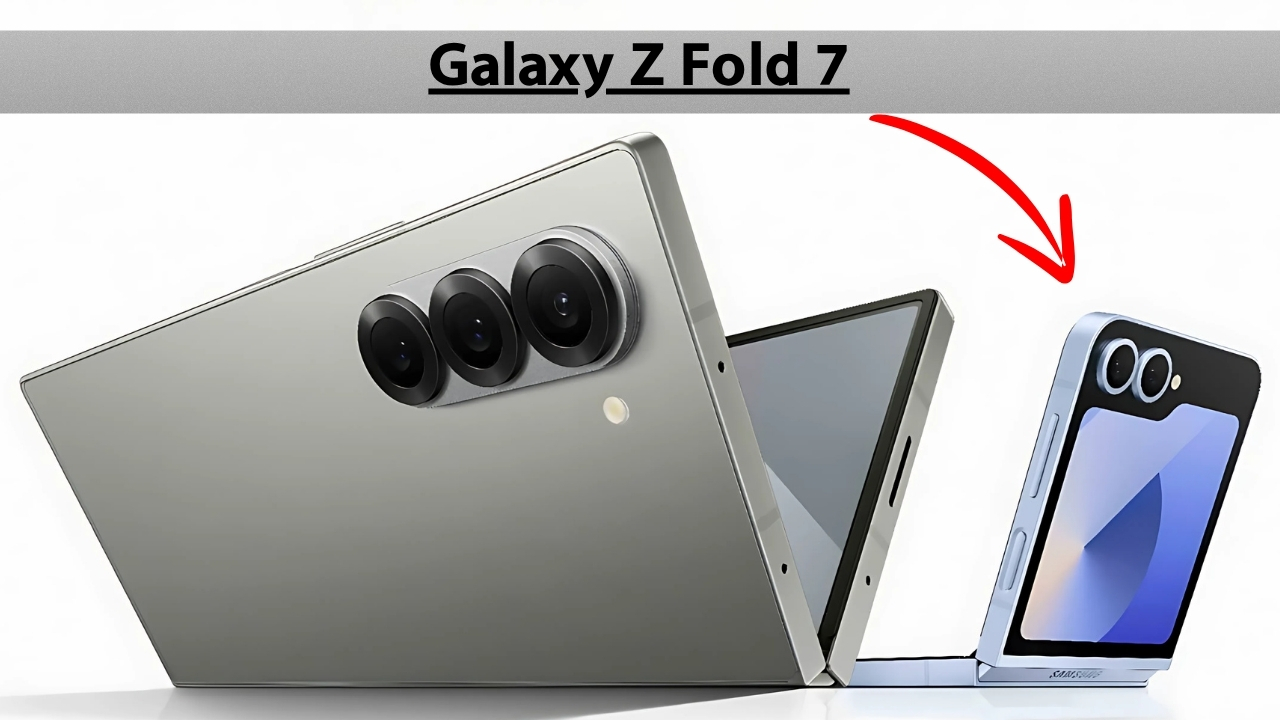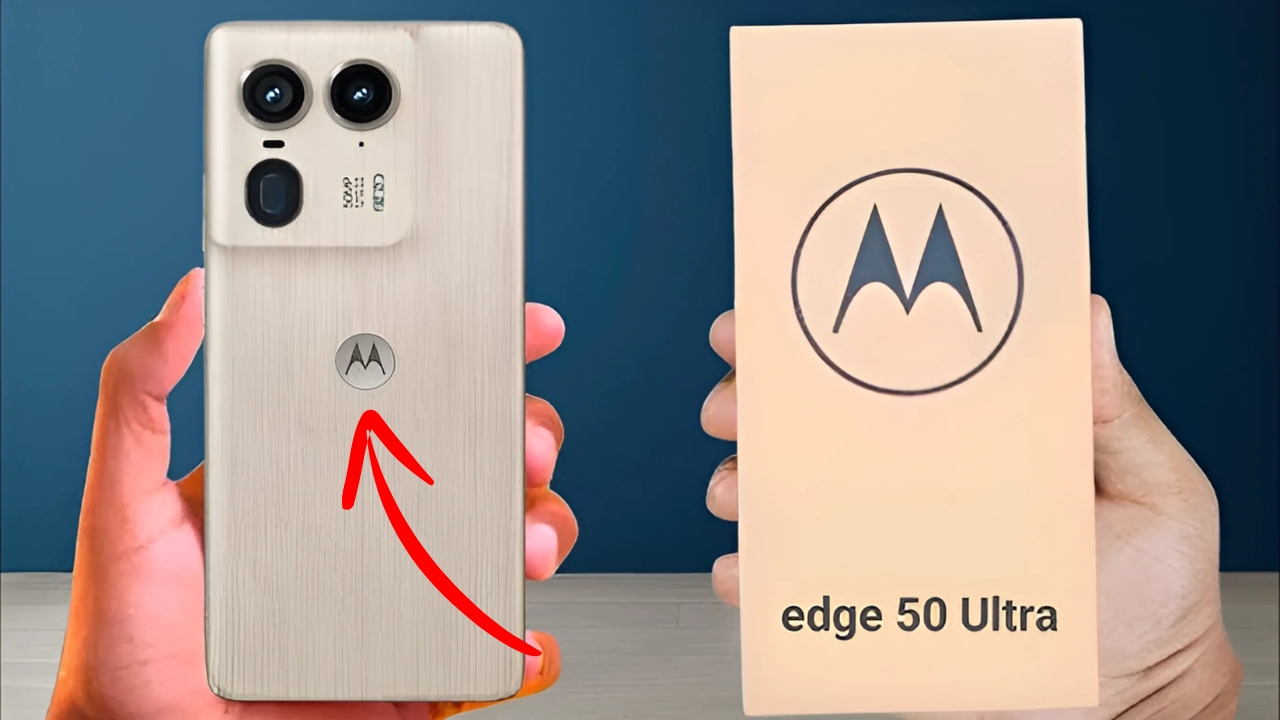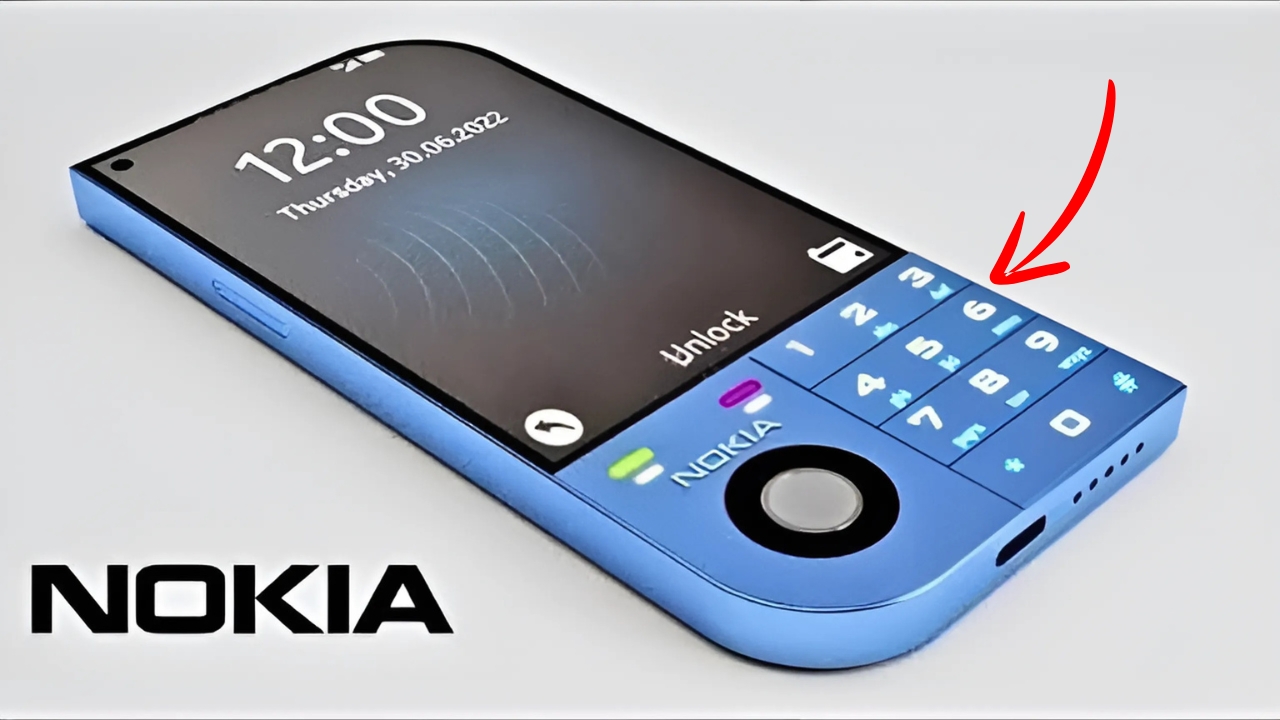Nokia 2660 Flip 4G: In an era dominated by increasingly complex touchscreen smartphones, the humble flip phone has found a surprising resurgence, catering to those seeking simplicity, reliability, and focused functionality.
The Nokia 2660 Flip 4G represents a thoughtful modern interpretation of this classic form factor, offering essential connectivity without the endless distractions and complications of contemporary smartphones.
This comprehensive review explores how this device balances nostalgic design with modern necessities to create a compelling option for various user groups seeking an alternative to all-consuming smart devices.
Nokia 2660 Flip 4G: Design Philosophy: Practical Nostalgia
The Nokia 2660 Flip immediately evokes memories of mobile phones from the early 2000s, yet incorporates subtle refinements that acknowledge contemporary expectations.
At 18.9mm thick when closed and weighing just 123g, the device strikes an effective balance between substantial feel and everyday portability, fitting comfortably in pockets and bags without the bulk that characterized many historical flip phones.
Available in three colorways—Classic Black, Blue, and Red—the phone offers modest personalization while maintaining a dignified appearance suitable for users of all ages.
The textured exterior provides secure grip while resisting fingerprints and scratches—practical considerations for a device likely to be used without a protective case.
The clamshell design incorporates a satisfying opening mechanism with just enough resistance to prevent accidental activation while remaining easily operable with one hand.
This tactile quality extends to the physical keypad, which features large, well-spaced buttons with positive feedback and subtle illumination for low-light environments—crucial ergonomic details that enhance usability for those with limited dexterity or visual impairments.
Perhaps most impressive is the attention to durability considerations, with a robust polycarbonate construction that feels capable of withstanding daily hazards without excessive concern.
The physical separation between screen and keypad when closed provides inherent protection that eliminates the need for additional accessories, while the replaceable battery acknowledges real-world usage patterns beyond the typical two-year replacement cycle of modern smartphones.
Display: Functional Visibility
The Nokia 2660 Flip incorporates a dual-display configuration typical of flip phones but optimized for contemporary usage patterns:
| Display Specifications | Main Display | External Display |
|---|---|---|
| Type | TFT LCD | TFT LCD |
| Size | 2.8 inches | 1.77 inches |
| Resolution | 240 × 320 pixels | 120 × 160 pixels |
| Color Depth | 16M colors | 65K colors |
| Brightness | 400 nits | 350 nits |
| Protection | Raised bezel | Raised bezel |
The main internal display provides adequate visibility for core functions like messaging, contacts, and basic web browsing, with sufficient brightness for indoor use and reasonable outdoor legibility in all but direct sunlight.
Text appears crisp enough for comfortable reading at typical viewing distances, with adjustable font sizes accommodating various visual capabilities.
The external display serves its intended purpose effectively, showing incoming call information, message notifications, and basic status indicators without requiring the phone to be opened.
This seemingly simple feature provides meaningful convenience for call screening and quick information checking—practical functions often missing from touchscreen-only devices.
Color reproduction on both screens remains basic but functional, prioritizing clarity and contrast over the vibrant saturation that characterizes modern smartphone displays.
This approach acknowledges the primarily textual nature of the device’s core functions while maintaining sufficient quality for occasional photo viewing or simple games.
User Interface: Intuitive Simplicity
The Nokia 2660 Flip runs Series 30+ software—a straightforward operating system designed specifically for keypad-based feature phones.
The interface employs a traditional grid menu structure navigated via directional keys and select buttons, creating an immediately familiar experience for previous feature phone users while remaining intuitive for those transitioning from smartphones.
Text messaging uses the classic T9 predictive text input, which remains surprisingly efficient once muscle memory returns.
The implementation includes modest updates that acknowledge contemporary communication patterns, including basic emoji support and simplified access to frequently used symbols.
The contact management system deserves particular mention for its thoughtful organization, allowing multiple phone numbers per contact and supporting basic grouping functionality.
The straightforward synchronization with Google contacts (via the companion app for smartphones) simplifies the initial setup process—a critical consideration for users migrating from more advanced devices.
Most importantly, the interface maintains consistent responsiveness regardless of background tasks, avoiding the lag and unpredictability that often plague budget smartphones.
This reliability creates a relationship of trust between user and device that proves particularly valuable for those who view their phone primarily as a communication tool rather than an entertainment platform.
Connectivity: Essential Modernization
Despite its retro appearance, the Nokia 2660 Flip incorporates meaningful connectivity upgrades that maintain relevance in contemporary networks:
-
4G LTE support for clear voice calls and basic data services
-
Bluetooth 4.2 for wireless headset connectivity
-
FM radio with headset antenna
-
3.5mm headphone jack
-
Micro USB charging port
-
Wi-Fi connectivity (802.11 b/g/n)
The 4G capability represents the most significant modernization, ensuring compatibility with evolving network infrastructure as carriers gradually phase out legacy 2G and 3G services.
Voice quality during calls impresses particularly, with clear audio reproduction and effective noise cancellation that often exceeds more expensive smartphones—a reflection of Nokia’s historical prioritization of core communication functions.
Bluetooth implementation focuses on headset connectivity rather than complex file transfers or smart device integration, acknowledging the practical usage patterns most relevant to the target audience.
The retention of the 3.5mm headphone jack demonstrates similar awareness of user priorities, particularly for those who rely on wired headsets for extended conversations or radio listening.
The inclusion of basic Wi-Fi capability provides a welcome alternative to mobile data for occasional web browsing or application updates, though the limited screen and navigation options naturally constrain the device’s suitability for extensive online activities.
Performance and Battery Life: Reliable Longevity
The Nokia 2660 Flip employs a Unisoc T107 processor paired with minimal RAM and storage—specifications that would prove wholly inadequate for smartphone tasks but deliver perfectly fluid performance within the constrained feature set of this device.
Applications launch promptly, menu navigation remains consistently responsive, and core functions execute without hesitation.
Internal storage provides approximately 128MB of user-accessible space—sufficient for hundreds of contacts and messages but intentionally limiting for media storage.
The inclusion of microSD support (up to 32GB) offers reasonable expansion for music files or occasional photos, though the device makes no pretense of serving as a primary media consumption platform.
Battery life represents perhaps the most compelling performance aspect, with the removable 1,450mAh battery delivering:
-
Up to 20 days standby time
-
Approximately 7-8 hours of continuous talk time
-
Around 4-5 days of typical mixed usage
This exceptional endurance transforms the relationship between user and device, eliminating the daily charging ritual that characterizes smartphone ownership.
The resulting freedom from power anxiety proves genuinely liberating, particularly for travelers, outdoor enthusiasts, or those in areas with unreliable electricity access.
The removable battery design deserves special mention for its long-term sustainability implications, allowing simple replacement when capacity inevitably diminishes after years of use.
This approach contrasts sharply with the sealed designs of modern smartphones, acknowledging that longevity rather than annual replacement better serves both users and environmental considerations.
Camera: Functional Documentation
The Nokia 2660 Flip includes a basic 0.3MP rear camera—a specification that appears almost comically modest by contemporary standards yet provides sufficient quality for practical documentation needs.
Images display adequate clarity for capturing written information, barcodes, or simple memory preservation, though with expected limitations in dynamic range and low-light performance.
The camera interface prioritizes simplicity over extensive options, with basic controls for flash and timer functions accessible through the directional pad.
Image review and sharing capabilities remain appropriately basic, acknowledging the device’s positioning as a communication tool with occasional photography capability rather than a dedicated capture device.
This seemingly rudimentary implementation reflects an honest assessment of the camera’s intended purpose within the product’s overall value proposition—providing functional utility for occasional documentation needs without pretending to replace dedicated photography devices.
Additional Features: Thoughtful Inclusions
The Nokia 2660 Flip incorporates several features specifically designed for its target demographics:
-
Hearing aid compatibility with M4/T4 rating
-
Adjustable text size and high-contrast themes
-
Dedicated emergency button (configurable)
-
Spoken readout of menu items and messages
-
MP3 ringtones with vibration options
-
Basic games including the classic Snake
The accessibility features deserve particular recognition for their thoughtful implementation, creating genuine usability improvements rather than mere compliance checkboxes.
The hearing aid compatibility ensures clear audio for users with assistive devices, while the text size options and contrast themes enhance visibility for those with visual impairments.
The dedicated emergency button provides peace of mind for both older users and their families, allowing rapid contact with designated numbers through a simple sustained press.
This feature alone often justifies the purchase for families seeking to provide parents or grandparents with reliable communication tools that prioritize safety without unnecessary complexity.
Key Takeaways:
-
Focused Design: Practical clamshell form factor with durable construction
-
Essential Connectivity: 4G compatibility ensuring network relevance
-
Exceptional Battery Life: Multiple days of usage between charges
-
Accessibility Prioritization: Features specifically designed for diverse user needs
-
Simplified Interface: Intuitive operation without distracting complexity
-
Long-Term Value: Replaceable battery and robust construction for extended lifespan
-
Safety Features: Dedicated emergency button and reliable voice calling
Nokia 2660 Flip 4G: Purposeful Simplicity in a Complex World
The Nokia 2660 Flip 4G represents a thoughtfully executed alternative to the dominant smartphone paradigm, offering focused communication functionality without the endless distractions and complications of touchscreen devices.
By embracing the inherent advantages of the flip phone form factor while incorporating essential modern connectivity, Nokia has created a device that serves specific user needs with remarkable clarity of purpose.
For seniors seeking reliable communication without technological intimidation, individuals pursuing digital minimalism without complete disconnection, or anyone requiring an ultra-reliable backup device, the Nokia 2660 Flip provides a compelling option that acknowledges different relationship possibilities between humans and their mobile devices.
While it naturally lacks the expansive capabilities of modern smartphones, the device succeeds precisely because of this limitation rather than despite it.
By doing fewer things with exceptional reliability, intuitive operation, and remarkable battery life, it creates a fundamentally different user experience characterized by intentionality rather than constant engagement.
In a market dominated by feature escalation and specification wars, the Nokia 2660 Flip’s focused simplicity represents not merely a nostalgic throwback but a legitimate alternative approach to mobile communication—one that prioritizes clarity of purpose over endless possibility, and reliability over novelty.
For the right users, this deliberate constraint delivers not deprivation but liberation—a reminder that technology serves best when aligned with specific human needs rather than constantly demanding our attention.














